The AP has a story out today detailing some of the struggles that the Justice Department is encountering in its efforts to prosecute hundreds of people who were in attendance at the protests in Washington, D.C., on January 6.
I’ve been watching this process from what I’d describe as a “macro” level for several weeks, trying to avoid getting sucked into focusing too much on one particular case or another. But yesterday, I did write this story about what I believe is the first substantive appeals court decision of significance on the government’s efforts, a case that concerned the nature of the presentation of evidence made by the government — as well as the conclusions drawn by the district court judge from that evidence — in connection with a decision to hold Eric Munchel and Lisa Eisenhart in custody pending trial. The District of Columbia Court of Appeals reversed the detention order entered against Munchel and Eisenhart and sent the case back to the district court for a new hearing — which language strongly suggesting that appropriate terms and conditions of pretrial release pending trial should be determined by the District Judge.
The factual analysis of the Court of Appeals — that Munchel and Eisenhart didn’t actually do anything other than entering the Capitol through an open door where Capitol Police were standing and allowing the crowd to enter — reflects some of the problems which the AP story highlights, i.e., the evidence the government is bringing before the courts doesn’t measure up to the rhetoric used by prosecutors and federal agents in their early comments, both in the courtroom as well as sworn affidavits.
From the AP story:
Authorities are still combing through a sea of evidence in what they say is likely the most complex investigation ever prosecuted by the Justice Department. More than 300 people are facing federal charges and more are expected. The most serious charges have been brought against 10 people described as members and associates of the Oath Keepers and several members of another far-right extremist group, the Proud Boys.
But as the sprawling investigation has unfolded, prosecutors have sometimes struggled to maintain a consistent narrative and had to walk back statements made in court hearings or in papers. It has created an opening for defense attorneys to try to sow doubt in the case.
This is where I have attempted to keep a “macro” focus. I was struck in the first few weeks, when arrests were taking place, by the repeated use by the government agents in sworn affidavits of the same 8-10 paragraphs of exposition on the events of January 6. The paragraphs — “scene setters” for lack of a better description — gave the reader the impression that the Country was imperiled in those hours on the afternoon of January 6, and it was only by the Grace of God that democracy wasn’t subverted and the government toppled.
These 8-10 paragraphs have become the fixed narrative of the DOJ that it has put out to the media through press releases, and has been the foundation of “proffers” made by prosecutors as part of efforts to hold as many defendants in custody pending trial as possible. Proffers are a process by which the prosecutors make representations to the Court about what evidence it possesses and what conclusions can be drawn from the evidence on the issue of whether the release of a defendant pending trial creates a threat to the safety of an individual or the community as a whole. The government doesn’t normally need to present witness testimony as part of a detention hearing because as officers of the court, and as official representatives of the Executive Branch, the prosecutors have legal and ethical obligations to not mislead the court about the nature of the evidence. The prosecution often submits documents and/or other physical evidence such as audio or video to back-up the proffer of what its evidence would show.
What is beginning to happen now, as some of the January 6 protest cases are moving further into the judicial process, is that when the evidence the government’s claims about what the evidence shows is subject to greater scrutiny, the evidence fails to live up to the hype of the narrative that the government sought to establish starting back on January 7 and thereafter.
Authorities wrote in court papers that the group not only conspired to “forcibly storm the U.S. Capitol on January 6, 2021 — they planned their attack in advance.” The evidence is “irrefutable,” prosecutors wrote in another document….
U.S. District Judge Amit Mehta agreed in February to keep Thomas Caldwell, who authorities have portrayed as a leader of the conspiracy, locked up while he awaits trial, saying the evidence showed he “engaged in planning and communications with others … to plan a potential military-like incursion on the Capitol on January the 6th.”
But after Caldwell’s lawyer challenged that assessment, the judge reversed his decision and released Caldwell to home confinement. Mehta said there’s no evidence he entered the Capitol on Jan. 6 or had been plotting to do so.
“Last time we were here 30 days ago, I was convinced that it was a plan to execute an incursion on the Capitol building,” the judge told Caldwell’s attorney. “You’ve raised some evidence that, I think, rebuts that notion.”
The judge has since released other defendants, noting there’s no evidence they assaulted anyone at the Capitol or, in some cases, don’t appear to be as involved in the planning before Jan. 6.
I’ll go through more specific examples of these kinds of case developments in future stories, as well as cover this topic in a podcast that is being organized with soon-to-be co-host Leslie MacAdoo Gordon, a new RedState contributor.
But one issue that is percolating at this moment in several pending cases — but has not yet broken out into the public arena quite yet — is a determined and widespread tactical effort by the Department of Justice to keep the actual evidence it has in all these cases out of public view.
The government is currently attempting to strong-arm defense attorneys into agreeing to “protective orders” in connection with “discovery” in these cases. The government is attempting to coerce an agreement out of defendants that they will not include any discovery materials or reference the specifics of discovery materials in any public filings in the cases — everything would be filed under seal, and only released to the public upon an order by the court.
“Discovery” is the process by which the government is obligated to turn over to the defense the evidence it intends to use to prove the defendant guilty of the charged crimes. What the government is required to produce is set forth in Rule 16 of the Federal Rules of Criminal Procedure. The timing of the obligation to provide discovery is linked to a defendant’s appearance at an “arraignment and plea” hearing where the charges in an indictment are made public. Many times, I handed a package of discovery material to defense counsel during such a hearing.
But the discovery obligation is a “continuing” one, and the government often produces discovery on an ongoing basis as it becomes available.
Although this production obligation is mandatory, it can be made subject to certain “protections” to prevent the material from being put in the public arena — when there exists good cause for such protections. The most obvious example is when the discovery contains classified information. In such cases, the defense agrees that it will handle the classified information in the same manner that classified information is handled by government officials who have access to such information.
In the January 6 protest cases, the government is demanding that defense counsel agree that all materials produced in discovery related to its overall investigation be subject to a protective order, because the investigation remains ongoing and further arrests are contemplated.
The problems created by this effort are manifest, but I’m only going to mention two briefly. I’ll come back to this in the weeks ahead, as the subject shifts into the courtroom with public filings.
First, any such protective order like the one being sought would prevent defense counsel in different cases from collaborating. They would not be able to communicate with each other about the strengths or weaknesses of the government’s cases against different sets of defendants. They would not be able to discuss inconsistencies in the government’s theories as applied in different cases, nor would they be able to exchange exculpatory information, unless they developed that information themselves, separate and apart from the material provided by the government under the protective order.
Second, the inability to make public filings challenging the nature of the evidence in the government’s cases prevents the public from scrutinizing what the government is doing in its name to some individuals who have done little more than express political opposition to the party in power. Criminal cases in the U.S. Justice System are required to be open to the public, so the conduct of the government in the name of the people can be scrutinized by those same people.
The government has not been reluctant to establish a narrative in the public discourse about its view of the events of January 6 by setting forth in a narrative fashion, in dozens of public filings, its version and description of events on that day.
The protective orders being demanded would prevent any evidence supporting a countervailing narrative from taking hold in public opinion, when the actual evidence is made subject to scrutiny.
It will be a dark day for justice, if the government succeeds in this effort.
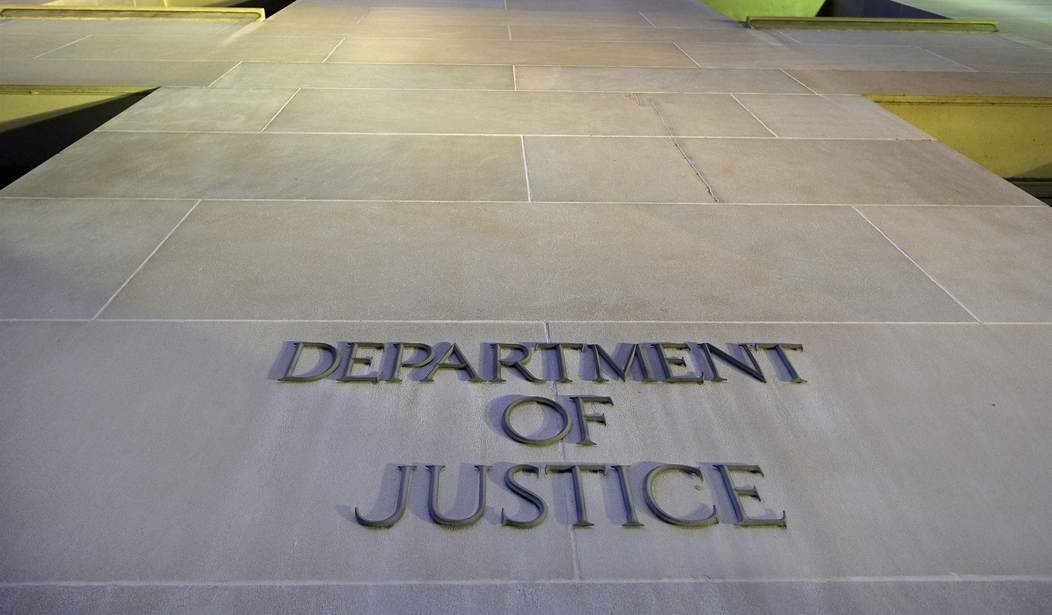

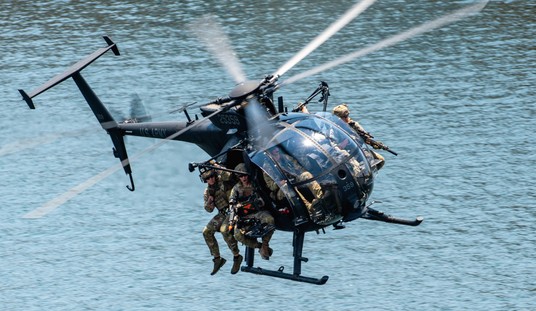
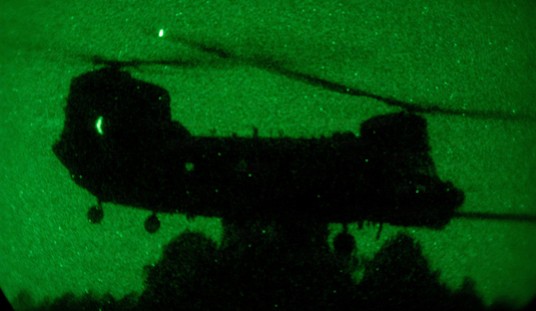





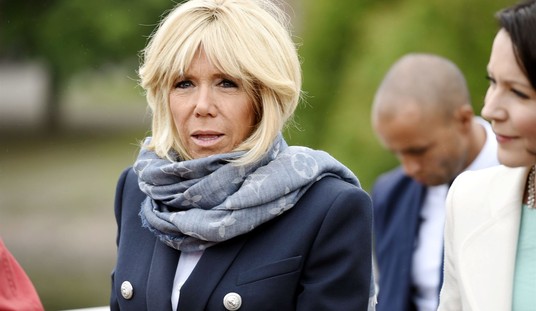
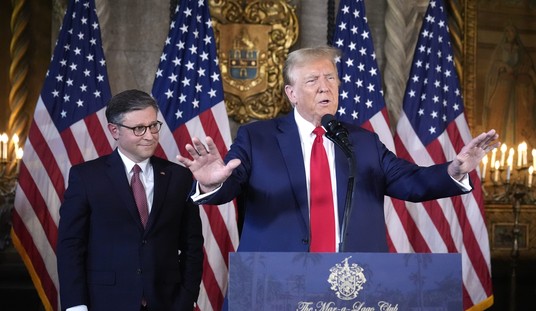


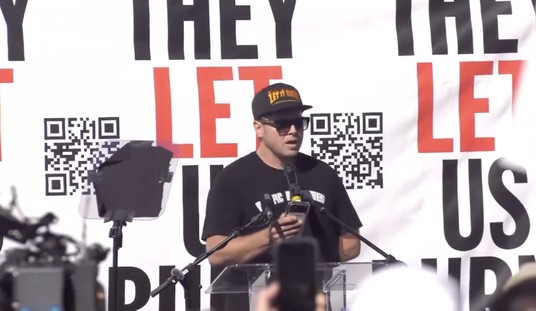
Join the conversation as a VIP Member